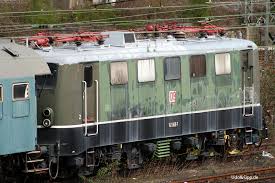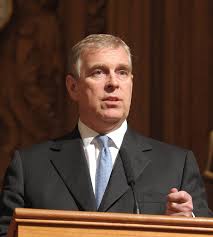Current Developments in Belarusian Politics and Culture

Introduction
Belarus, a country situated in Eastern Europe, has been a focal point of geopolitical tensions, particularly following the 2020 presidential elections that sparked widespread protests against the regime of Alexander Lukashenko. Understanding the current landscape of Belarusian politics and culture is pivotal, not only for regional stability but also for global geopolitical dynamics as Belarus continues to navigate its relationship with Russia and the West.
Recent Political Developments
In 2023, the Belarusian government has maintained a firm grip on power, implementing harsh measures against dissent. The regime’s crackdown on opposition figures has intensified, leading to arrests and detentions of journalists and activists. International watchdog organisations have reported a disturbing decline in human rights within the nation, highlighting Belarus’s status as one of the last remaining authoritarian regimes in Europe.
Additionally, Lukashenko’s increasingly close relationship with Russia remains significant. Following the Ukraine conflict, Belarus has acted as a strategic partner for Russia, facilitating troop movements and political support. The ramifications of this alliance have drawn condemnation from Western governments, resulting in further sanctions against Belarusian entities and personalities.
Cultural Landscape
Amidst political turmoil, Belarusian culture continues to flourish, presenting a unique blend of traditional and modern influences. The cultural scene is vibrant, with an array of artists, musicians, and writers expressing their dissent through various mediums. For instance, the ongoing promotion of the Belarusian language and folk traditions is not only a symbol of national pride but also a form of resistance against political oppression.
Moreover, the international community has shown increased interest in Belarusian culture as a means of fostering solidarity with the populace. Events showcasing Belarusian art and literature are becoming more common in Europe, providing a platform for artists to share their narratives and experiences while raising awareness about the political situation in their homeland.
Conclusion
The situation in Belarus remains complex and fluid. As the regime continues to suppress dissent, the resilience of its culture and the determination of its citizens to advocate for change are noteworthy. For readers, understanding these dynamics is crucial, as the fate of Belarus could influence broader geopolitical trends in Europe and beyond. With the potential for change on the horizon, the international community’s role will be pivotal in shaping the future of this nation.









